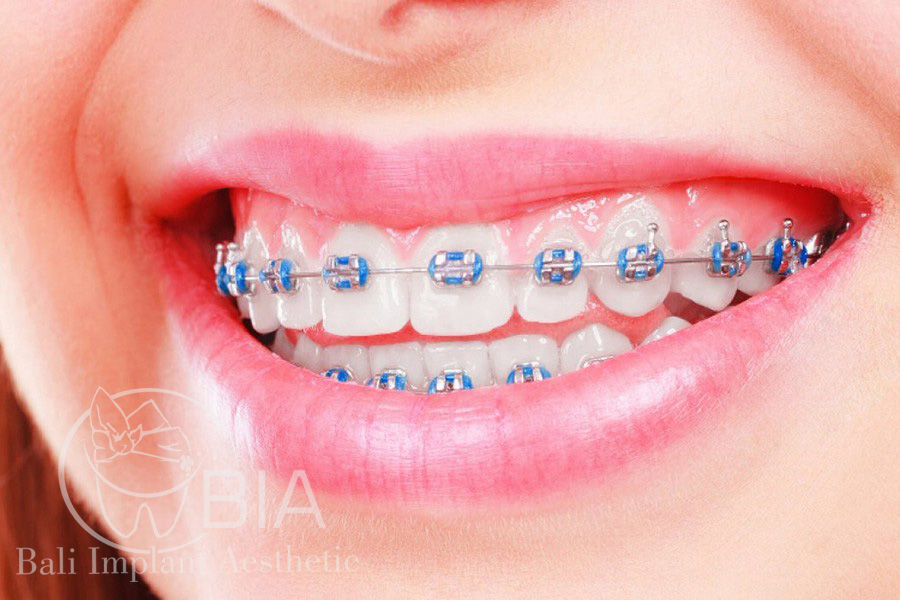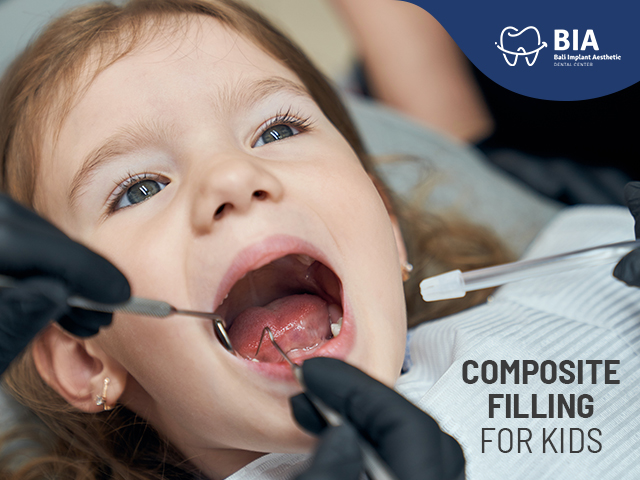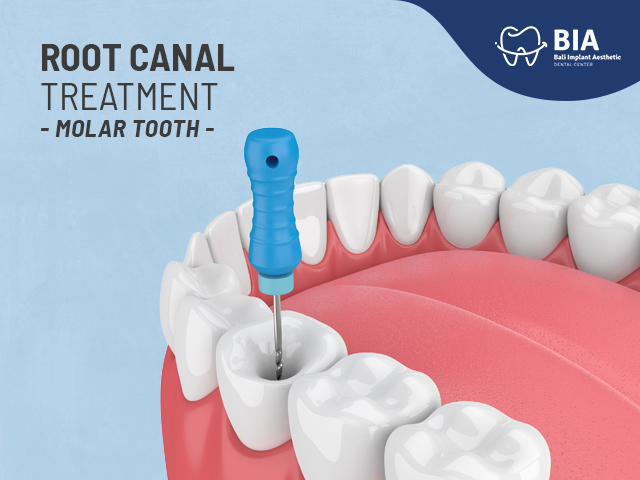Metal Braces VS Clear Braces
Article | 2019-12-07 02:42:40
Crooked teeth can be a problem, both for the way you look and for your general dental health. This is why many people choose to correct alignment issues with braces. Traditionally, there was only one option available – metallic braces. However, this is no longer the case. Today, you can choose between the two main options being metal braces vs. clear braces. What’s the difference?
Metal Braces
Metal Braces or Traditional braces consist of metal brackets that are glued to your teeth using special dental cement, then tied together by wires and (possibly) tiny rubber bands. They are what most people picture when they hear the word “braces”.

Traditional braces are good at correcting a whole host of alignment issues. New technologies, like heat-activated wires, can move your teeth more quickly and less painfully.
The downside of metal braces is that they tend to be noticeable, especially when you smile, laugh, or talk. They tend to make people (especially teenagers) feel very self-conscious; those feelings can be even greater if you have an important event coming up, like a job interview or a wedding.
Fortunately, today’s metal braces are smaller than those of years past, which means they tend to be less noticeable and more comfortable. Some people even embrace their new hardware, choosing cool colors for their bands.

We can use colored rubber on braces, so you can visualize your braces before you even come in for your appointment!
The Pros and The Cons - Metal Braces
Pro: Strong and durable
Given the strength of the materials involved, metal braces are highly durable and offer excellent control. The downside of this is that metal braces are more likely to cause discomfort, while the materials also – inevitably – leave you with a metallic taste in your mouth.
Pro: Less likely to show discoloration
As they’re made from darker materials, metal braces are less likely to become discolored. This can be an issue with ceramic braces, although it can be overcome through brushing after every meal, using floss and mouthwash, and cutting out red and yellow-colored foods like mustard and tomatoes.
Con: Much more noticeable
Just as the cost is the most obvious downside of ceramic braces, there’s no avoiding the aesthetic impact of metal braces – they’re just very noticeable. However, they are smaller and more comfortable than they used to be, and you’ll generally be offered a range of color options for the bands that secure the wires to the brackets.
Con: Harder to clean
Given their chunkier size, metal braces make it harder for you to maintain good oral health. In extreme circumstances, or if left unchecked, this can lead to complications such as gum disease and gum recession.
Clear Braces
“Clear braces” is not a recognized dental term, although many people use it. Usually, when someone says “clear braces,” they mean one of two products: Either ceramic braces or Invisalign teeth aligners.

Ceramic braces are much like traditional metal braces, except that they have clear plastic brackets and wires. (Some ceramic braces can also come in a tooth-colored variety – though not technically clear, they can be made to blend in with your natural tooth color.)
Ceramic braces have the advantage that they are less noticeable than metal braces. They are also less likely than metal braces to irritate a sensitive mouth. That said, they can chip, crack, or stain if not maintained properly.

The Invisalign teeth straightening system is a different product altogether. With Invisalign, a series of clear plastic aligner trays is made. Each tray aligns your teeth a little more, bit by bit until your teeth reach their final positions in your mouth. Unlike clear or metal braces, Invisalign trays are easily removable, making it easier to eat, talk, etc.
Invisalign can be quicker than traditional braces and is certainly less noticeable.
The Pros and The Cons - Clear Braces
Pro: More aesthetically pleasing
Ceramic braces are often favored by adult dentist patients because they are less noticeable than metal alternatives. They are made from translucent materials; some options even include tooth-colored wires to make them even more discreet. This can make a big difference.
Pro: Less painful
Dentist patients generally find ceramic braces more comfortable to wear than metal ones. The high-quality materials aren’t abrasive, so they won’t irritate your gums or the sides of your mouth (a common complaint about metal brace wearers). After wearing ceramic braces for a few weeks – typically two to four – you shouldn’t feel any pain at all.
Con: Often more expensive
There’s no getting away from the fact that ceramic braces are almost always a more expensive option than metal braces. This is largely down to the higher-quality materials used, but it’s also worth noting that in some cases, ceramic braces may take longer to achieve the desired results. This naturally has an impact on cost too.
Con: Maybe less effective for dramatic changes to teeth structure
While ceramic braces are suitable for the majority of dental patients, in extreme scenarios – where major changes are required to the structure of the teeth – they may be less effective than metal ones.
Clear Braces vs. Metal Braces: Who Won?
If you read through this and still couldn’t decide who won the fight between clear braces vs. metal braces, fortunately, you do not need to decide to get ceramic or metal braces, or Invisalign. In fact, when it comes to choosing between metal and clear braces, the best option will very much depend on circumstance – both in terms of the treatment required and also the cost. It is highly recommended that you speak to your Doctor first to assess your needs and determine which kinds of braces would be best for you or your child.




